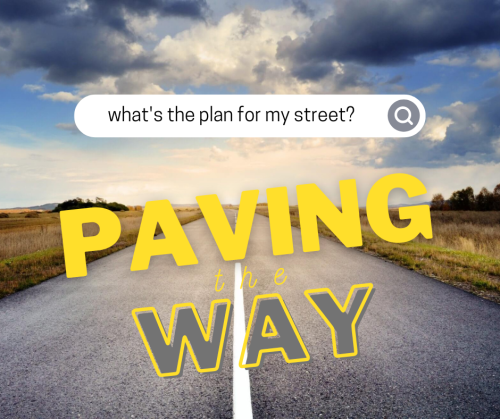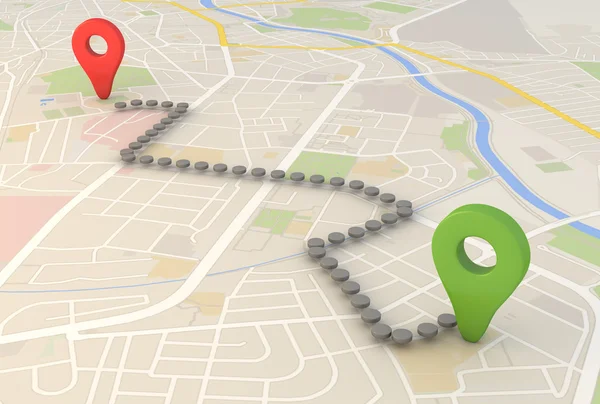The Plan

The City of Osawatomie Paving the Way Street Repair and Replacement Plan strives for 10 years of street projects in just three to five years. Because of our need to also replace both our water distribution and wastewater collection systems, we can use “economies of scale” and get much more done with street repair in a shorter amount of time than we could continuing the piecemeal approach we’ve been following for the last several years. Administration estimates that we could get an additional 20% done if we then bundle this into a bond issue and cut down the cost of construction inflation in future years.
An influx of available grant dollars coming down from the state and federal level from newly passed infrastructure bills means there has never been a better time to do utility projects than now. Because so many of our utility lines are underneath sidewalks and streets, we are able to marry together (and save money) both utility projects and street repairs and avoid churning up newly redone streets and sidewalks later on.
Visit the Program Updates and News page for the latest information.
Frequently Asked Questions
Q: Can I see a map of plans?
A: The City has completed a street condition inventory for the entire City, and given conditional ratings to every street. From this inventory, staff has identified a priority list for years 2022 – 2027 based upon condition, arterial designation, and other circumstances. It is important to remember that this investment in street infrastructure is continuous, and the City’s overall maintenance strategy in our community is to tackle the “worst first” and to benefit the greatest number of people, businesses, and visitors.
We’ve created TWO interactive maps that highlight proposed rehabilitation projects for 2022 - 2025. Remember that the streets and neighborhoods indicated on the maps are proposed timelines or treatments, and that conditions may require a street or block to be moved up or down the priority list. To stay up-to-date on the most current news regarding Paving the Way and street rehabilitation, please keep an eye on our Program Updates and News section.
For FULL-DEPTH REPLACEMENT | Click Here (Opens New Window)
For MILL AND OVERLAY or SEALCOAT | Click Here (Opens New Window)
Q: How many miles of streets does the City have to take care of?
A: The City of Osawatomie has approximately 318 blocks that need to be maintained. Regular street maintenance ranges from simple pothole patching and crack-sealing or preventative sealing treatments like PROSEAL, to mill and overlay projects, to full reconstruction where the street is removed and replaced in its entirety. Street maintenance also includes curbs, gutters, and sidewalk replacement where needed.
Q: How much revenue will this sales tax generate?
A: The one-half of one percent street sales tax will generate approximately $125,000 annually to be dedicated to street, curb, gutter, and sidewalk maintenance programs.
Q: What other sources of money does the City use to pay for street maintenance?
A: The City is dedicating 16.764 mills of our annual property tax collection ($450,000 annually) to street maintenance beginning in 2022. Additionally, the City receives approximately $500,000 every five years from Miami County Sales Tax for use in road projects. When combined with the voter approved dedicated street sales tax, these funds are also used to leverage federal, state and county grant funds, stretching our dollars even further and saving the community substantial amounts of money in the long-term.
City administration put together the table below to demonstrate how the increase in mill rate impacts residential and commercial owners in Osawatomie.
Q: Are there restrictions on how these revenues can be used?
A: The voter-approved portion of the total sales tax allocated for streets is set aside and accounted for separate from other City revenues. This portion may only be used to pay for improvements outlined in the ballot language, including streets and other components of the City’s transportation network. The funds may only be used for capital expenses including debt service for larger projects and may not be used to pay for annual operating expenses such as personnel.

